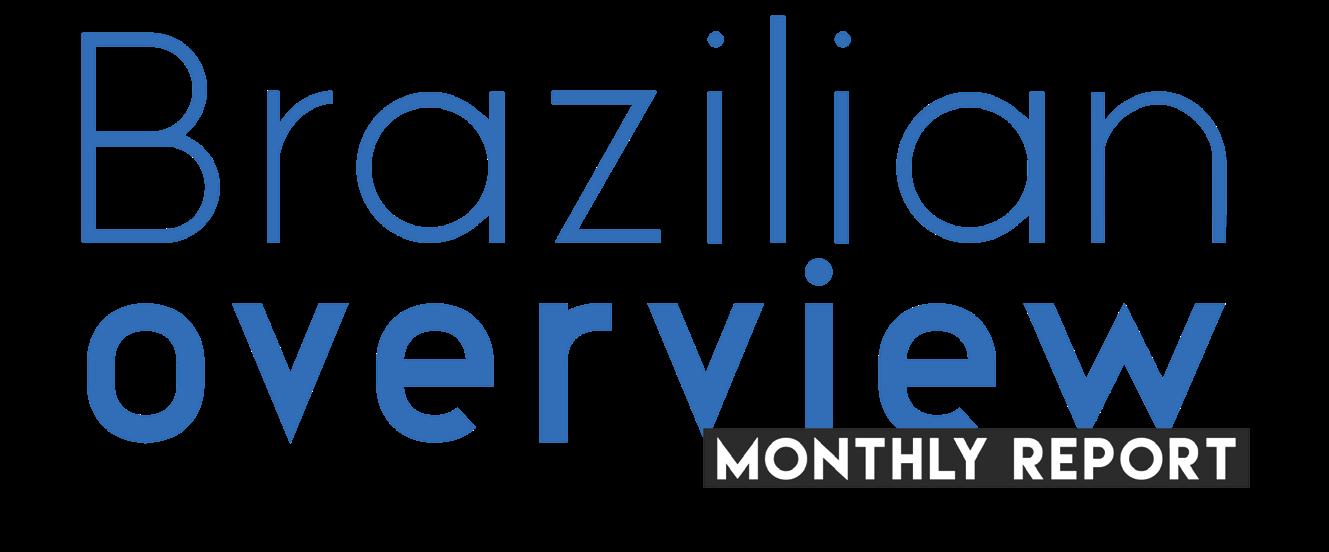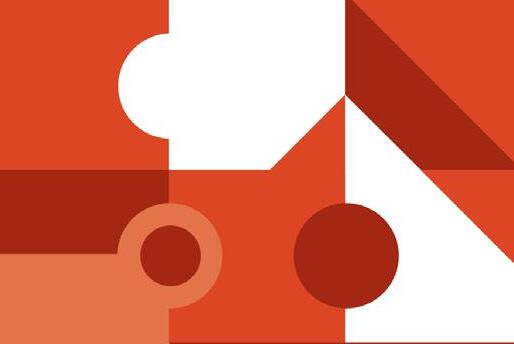










After a period of global tension caused by the increase in tariffs by the United States and China’s firm response, both countries sat down at the table for more reasonable negotiations, easing the crisis and creating, at least in the short term, an environment of greater moderation and predictability. This scenario contributes to reducing the risks of a more pronounced deterioration in the global economy.
Whenever risks decrease, emerging economies benefit from the flow of capital, seeking greater profitability at the expense of safety. After the devaluation of the real in early April, when it reached close to R$6 per dollar, the Brazilian currency began to appreciate again, driven by the improvement in the external environment, and has been seeking the level of R$5.50.
One factor contributing to the appreciation of the real is the increase in the Brazilian interest rate. In early May, the Central Bank’s Monetary Policy Committee (Copom) decided to increase the Selic rate yet again, from 14.25% to the current 14.75% per year, without any clear indication that the upward cycle was over. At the same time, the Federal Reserve (FED) in the United States decided to maintain its interest rate, which widens the differential in relation to Brazil and attracts speculative capital. In addition, the real interest rate, after discounting inflation, is around 9%, making it highly attractive to investors. Brazilian inflation is the Central Bank’s main concern. In April, it accumulated an increase of 5.53% in the last 12 months. The expectation is that inflation will continue to rise, reaching a peak of close to 6% in September, before falling back to around


5% by the end of the year. Even so, this level will remain above the inflation target ceiling of 4.5%, which practically eliminates the possibility of an inversion in the interest rate curve this year. The Brazilian economy, in turn, is beginning to show signs of being impacted by rising interest rates and high inflation. Until recently, BOMR reports indicated favorable sectoral figures in the first two months. However, March’s retail data, with a 1.2% drop year-on-year, reveals that sales have begun to lose momentum. Even considering the bimonthly average of February and March, to offset the effects of the Carnival calendar, growth was modest, at 0.5%, with a decline of almost 1% in supermarkets. The vehicle segment, which had double-digit growth, grew by only 3.4% in this bimonthly average, according to IBGE. Complementing the retail data, FecomercioSP released the default rate in the capital of São Paulo, which reached 20.6% of families with overdue bills in April, marking the second consecutive increase. In the previous month, the rate was 19.3%. Between July of last year and March of this year, default rates hovered around 19%, but now indicate the beginning of a trend of greater imbalance in household finances.
Even with the lowest unemployment rate in history for a first quarter — 7% — and with a record level of resources available to workers, high and persistent inflation, combined with rising interest rates, has gradually eroded families’ purchasing power. Credit, an important tool for supplementing income, continues to expand, albeit at a slower pace. In the first three months of the year, credit granted to Brazilian families grew by 4.1%.
The national Tourism sector has shown
resilience in the face of this scenario. According to FecomercioSP, there was growth of 6.6% in March, with an accumulated increase of 5.8% for the year, and practically all segments recorded revenues higher than those observed in 2024. However, at some point, there will be some impact — negative — for the sector.
The Brazilian economy would hardly be able to survive a scenario with inflation above 5% for more than six months and an interest rate close to 15% per year unscathed. The impact, which is inevitable, tends to occur gradually.
The data from March and April already indicate
1
Inflation: According to the IBGE, inflation slowed in April, going from 0.56% to 0.43%. However, the group with the greatest weight in household consumption — food and beverages — showed an increase of 0.82%. In May, there will be new inflationary pressure with the change in the electricity tariff flag, from green to yellow. In addition, inflation in services, which is less sensitive to external shocks, remains above 6%, which demands attention.
this negative signal, marking the beginning of a slowdown process.
The expectation for 2025 is still positive, although at a slower pace: after a growth of 3.4% in 2024, the current projection is for expansion of 2% for this year. The government, in turn, announced an expectation higher than the market, of 2.5%, a number that would not be surprising if confirmed. It is worth remembering that there is a strong fiscal stimulus underway, which tends to benefit the economy in the short term, but also keeps inflation high and interest rates high for longer.
2
Consumer interest rates: With the increase in the Selic rate, interest rates charged to consumers also rose. According to the Central Bank, the general average went from 53.1% per year in December to 56.4% in March. In personal credit, the rate rose from 45.9% to 48.1% in the same period.
3
Agricultural harvest: Estimates for the production of cereals, legumes and oilseeds continue to rise. The current expectation is for a harvest of 328.4 million tons — an increase of 12.2% compared to the previous year — with an increase of 3% expected for corn and soybeans, benefiting the economy in the first half of the year.
Consumer Confidence (ICC): The index fell to its lowest level since August 2022. In April, there was a drop of 3.6%, going from 115.2 points in March to 111 points. In the annual comparison, the decline was 14.3%. There have been four consecutive drops, reflecting the population’s dissatisfaction with high inflation and more expensive credit, impacting purchasing power.
Business Confidence in Commerce (ICEC): The index also fell, reaching 97.6 points in April — the lowest level since June 2021. There was a 0.5% drop compared to March and a 10.3% drop compared to April of the previous year. Business owners are concerned about the impact of high interest rates on financial flow and household consumption, aggravated by inflation.

Note: The ICC and ICEC range from 0 to 200. From 100 to 200 points is considered an optimistic level, and below 100 points pessimistic. Although the indicators are for the city of São Paulo, they follow the trend of what is happening in the rest of the country, since the city, the largest in Brazil, represents 11% of the national GDP.
May took Brazilian Tourism players by surprise with the government’s decision to increase the IOF tax on purchases abroad with credit cards and other financial transactions. For individual passengers, the noise in the press is raising the alarm about possible higher prices for traveling abroad, but in practice the 3.5% IOF rate should not be an impediment to international travel.
In the case of companies in the sector, the difference is significant, since agencies and tour operators already pay 7% of IRRF on remittances and now would have to pay an additional 3%. This will be offset by the increase in prices. A “small” increase, but one that intensifies the disadvantage in relation to large multinationals OTAs present in Brazil, which do not have this tax.
That’s another headache caused by politics (via the Ministry of Economy) and which shows the government’s lack of understanding of Tourism and the area’s lack of prestige in decision-making.
Azul Linhas Aéreas, a Brazilian airline founded by David Neeleman and which has regular flights to the United States (Fort Lauderdale and Orlando) and Europe (Madrid starts in two weeks), has filed for Chapter 11 recovery in the United States. The company believes that it will be a short process, as it has already signed
several agreements, including with its largest aircraft lessor, AerCap, and with United and American Airlines (that’s right, the two major American competitors), which are committed to an investment, upon exiting Chapter 11, of up to US$ 300 million. Another US$ 650 million would be guaranteed by other agreements. It is worth remembering that Azul already has a codeshare partnership with United (which has shares and is an investor in the Brazilian company) and American has the same with Gol. The third American company in this puzzle, Delta Air Lines, has a joint venture with Latam Airlines.
• Operators such as Azul Viagens and CVC Corp (with the brands CVC and Trend) are celebrating the increase in sales and promotions due to the opening of Epic Universe, Universal Orlando’s new park. Brazilians love new things and are already planning to go and see all the worlds at Epic. The Orlando trade expects the Brazilian market to be consistent and with moderate growth throughout the year. Brazil is one of the countries that maintained growth in the number of tourists to the United States this year and the opening of another park in Orlando, one of the favorite destinations for Brazilian tourists.
• More good news concerns Gol’s exit from the American judicial recovery process, Chapter 11. The end of the process


should occur in the next few days, since the exit project was approved by the American court.
• The next edition of the BOM Report will be the complete edition of the Brazilian Overview and we will bring the following highlights:
s Brazil’s new international air network: with 15% growth over 2024
s List of operators, representatives and directors of airlines in Brazil
s Economic data
s Data on Brazilian tourism according to WTTC and Phocuswright
s Profile of Brazilians visiting the United States
s Exclusive research on luxury travel, use of the Internet to plan trips, among others.
This report is produced by PANROTAS and FECOMERCIOSP to support your business decisions. The contents are valuable assets to Destinations and Travel Organizations, both domestic as well as international. For further information please contact ri@fecomercio.com.br redacao@panrotas.com.br



